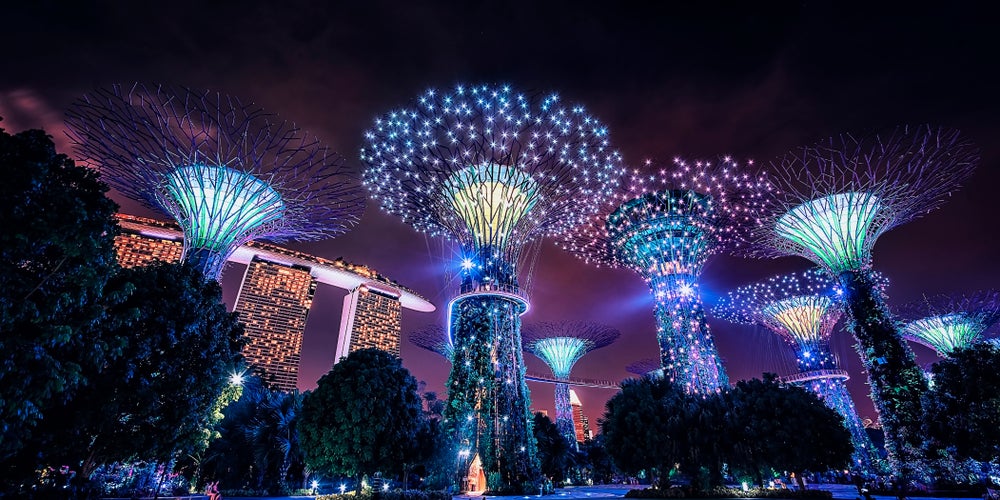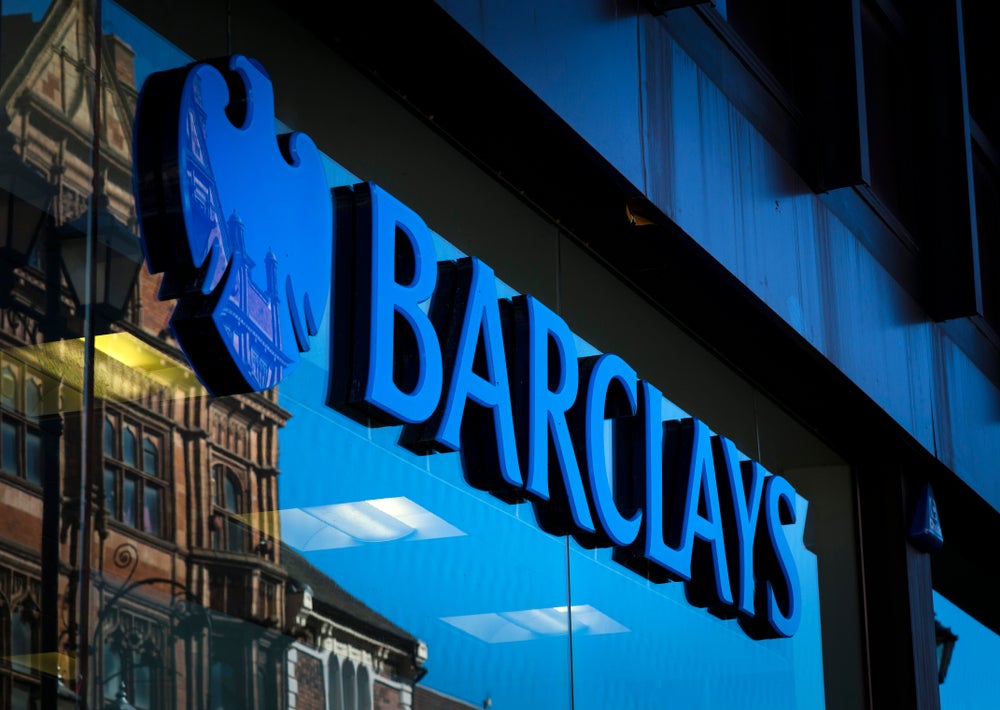Combined assets under management held by the Top 20 private banks in Asia-Pacific have largely flatlined in 2011 despite the continued growth of high net worth (HNW) investor numbers and assets in the region.
The combined AuM of the Top 20 rose fractionally from $1,083bn to $1,099bn.
Citi claimed the top spot in the PBI Asia-Pacific AuM Benchmark 2012 with $193bn of AuM and also had the biggest rise in assets (8%) between 2010-2011.
UBS couldn’t maintain its position as the leading HNW manager; it lost over $3bn in AuM over 2010, and sits as runner-up with AuM $179bn.
AuM takes hit in Asia-Pacific
How well do you really know your competitors?
Access the most comprehensive Company Profiles on the market, powered by GlobalData. Save hours of research. Gain competitive edge.

Thank you!
Your download email will arrive shortly
Not ready to buy yet? Download a free sample
We are confident about the unique quality of our Company Profiles. However, we want you to make the most beneficial decision for your business, so we offer a free sample that you can download by submitting the below form
By GlobalDataDBS held its ground as the highest ranked Asian-headquartered private bank in ninth, although Standard Chartered (10th) and Bank of Singapore (11th) were breathing down its neck.
The most surprising result was the sluggish AuM growth in Asia-Pacific.
This may be because a significant number of banks in the ranking are foreign – perhaps a sign that local investors are losing faith in foreign banks.
Ten out of the sixteen foreign banks in the ranking reported AuM that had either remained static or fell. In contrast, combined AuM at the four Asian banks rose 7% over the same period.
This stall in asset gathering came despite a wide range of research charting the increase in Asia-Pacific HNWIs.
Foreign banks continue to dominate
WealthInsight reported the number of HNWIs in Asia-Pacific, excluding Japan, increased 5.2% in 2010-2011 and has increased by 29% over the past four years (2007-2011).
WealthInsight said that when Japan is excluded, there are approximately 2.6m HNWIs in the region, with a combined wealth of $10.6tn.
The RBC/Capgemini World Wealth Report 2012 said the region’s HNWI population, including Japan, grew by almost 2% to 3.37m.
Despite the strong performance of local banks, non-Asian banks continue to dominate the market.
Of the Top 20 banks, only four are based in Asia and assets managed by these Asian banks only represent 11.6% of total assets in the Top 20.







